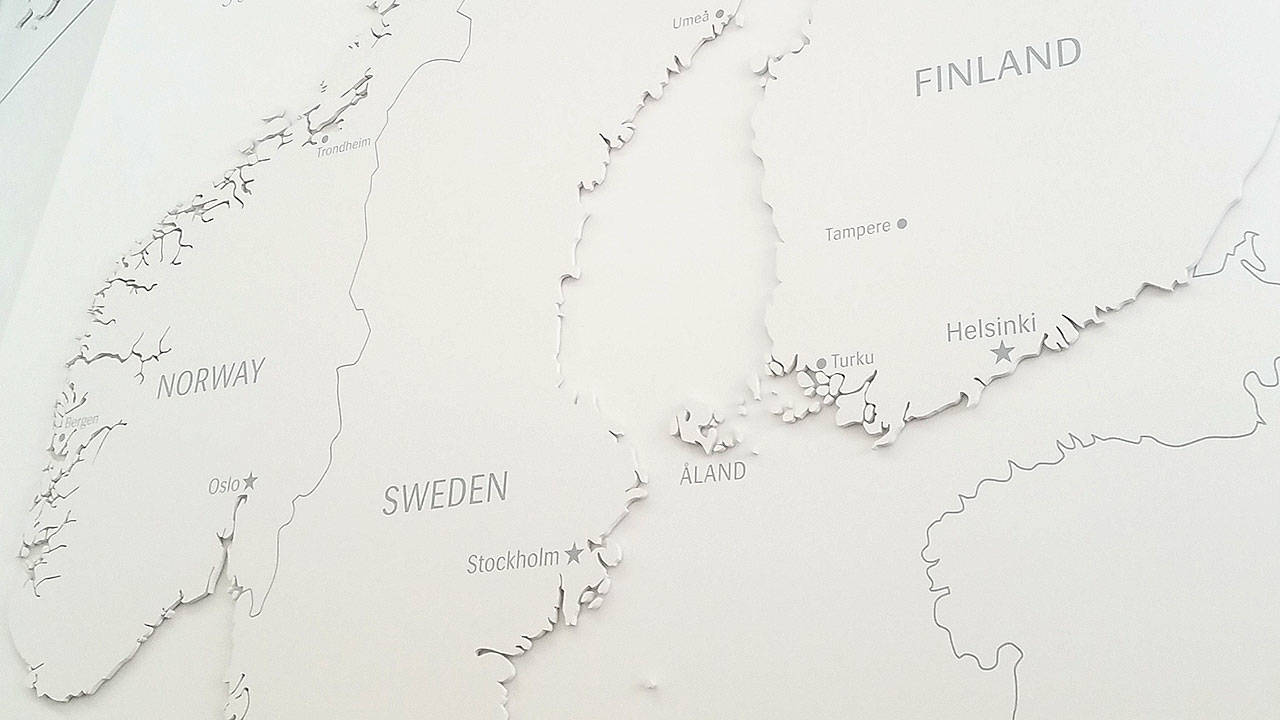There’s a sign at the exit of IKEA that says “Hej då! That’s how we say ‘bye-bye’ in Swedish.”
I saw it a few months ago while my daughter and I sat eating soft-serve ice cream before we drove back to Edmonds. I sipped my coffee, stared at the sign and felt sadness. I’m a quarter Swedish, and I have no idea how to say “hello,” “goodbye” or “I love you” in the language of my heritage.
More than a million Swedes came to America between 1868 and 1914. They were invited by steamship companies, railways and churches. They came for a variety of reasons, including religious persecution, population surplus and not enough farmland. An unexpected consequence of peacetime prosperity and vaccinations was too many people for a country to contain.
The reason I don’t know any Swedish, or have any Swedish recipes in my cooking repertoire, is that my great-grandparents made the decision to have an English-only household. They became as American as apple pie in one generation.
In late August, my husband and I visited the Nordic Museum in Ballard. It’s in a new building on NW Market Street, and the architecture is absolutely stunning. The first thing that greets visitors is a giant map on the wall. Unlike other maps, which usually show Sweden, Norway, Iceland, Denmark and Finland as tiny dots compared to the rest of the globe, this map puts the five Nordic countries front and center.
Right underneath the map is a statement of Nordic values, which the museum defines as: openness, innovation, social justice and connection to nature. “These values, which have been shaped by the region’s environment, people and cultural history, are embedded in the fabric of Nordic society. Immigrants to the United States brought these values with them and left an imprint wherever they settled.”
As I read that statement, I got chills. My great-grandparents might have erased Swedish from their lives, but those Nordic values were passed along loud and clear.
My husband thought the museum was interesting, and especially enjoyed learning about how Nordic settlers helped shape the Pacific Northwest. I found it fascinating and hunted down every last clue to my Swedish heritage that I could find.
At the end of our visit, we sat down for coffee and a smorgasbord at Freya Cafe. Over smoked salmon, pickled eggs and fermented vegetables, we talked of deep things. How do the immigration stories of 100 years ago relate to what’s happening with immigration today? What do the Nordic people and their ability to thrive during gloomy winters have to teach residents of the Pacific Northwest?
One question I had in particular was, why there wasn’t a display for Ingvar Kamprad, the founder of IKEA?
I loved every minute of my visit to the Nordic Museum, but I was sad that Kamprad was snubbed. After all, he’s the one who taught me my first word of Swedish.
Jennifer Bardsley publishes books under her own name and her pseudonym, Louise Cypress. Find her online on Instagram @the_ya_gal, on Twitter @jennbardsley or on Facebook as The YA Gal.
Talk to us
> Give us your news tips.
> Send us a letter to the editor.
> More Herald contact information.

























